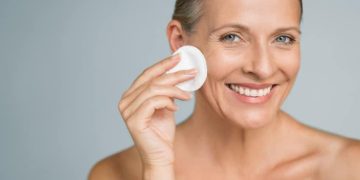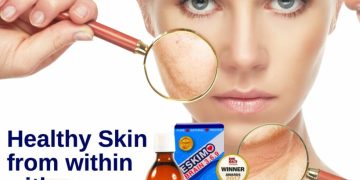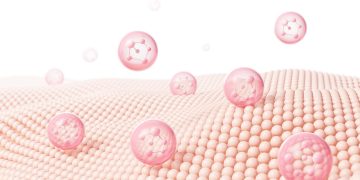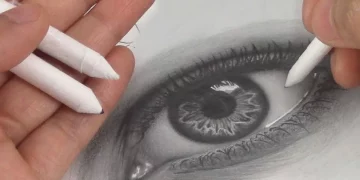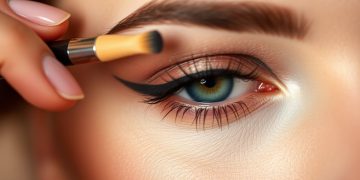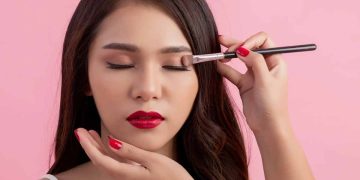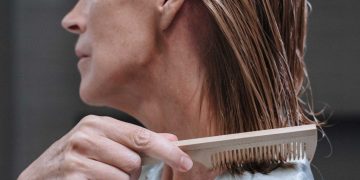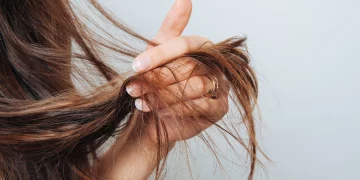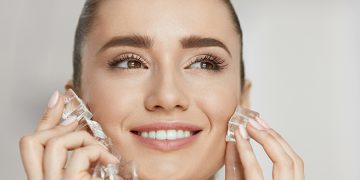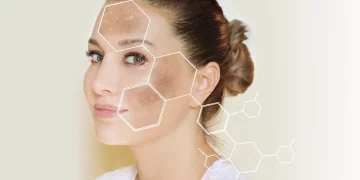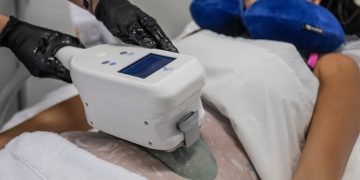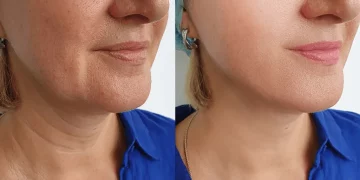Introduction: The Rising Popularity of Microneedling
In the world of skincare, microneedling has quickly become one of the most popular and talked-about treatments. Known for its ability to improve skin texture, reduce scars, and even address signs of aging, microneedling promises to deliver radiant, youthful skin with minimal downtime. But what exactly is microneedling, and does it live up to the hype?
As with any skincare procedure, understanding the benefits, results, and risks associated with microneedling is essential before you decide to incorporate it into your routine. In this article, we will dive into how microneedling works, the real results it offers, and the potential side effects or risks that come with the procedure.
1. What is Microneedling?
1.1. The Basics of Microneedling
Microneedling, also known as collagen induction therapy, is a non-invasive cosmetic procedure that involves the use of a dermaroller or dermapen (a device with small, fine needles) to create controlled micro-injuries in the skin. These tiny punctures stimulate the body’s natural healing process, resulting in the production of collagen and elastin, which are vital for maintaining a smooth and youthful appearance.
The procedure can be used on various parts of the body, but it is most commonly performed on the face, especially around areas with signs of aging, scars, or uneven skin texture.
1.2. How It Works
During the treatment, the tiny needles penetrate the skin’s surface, creating microscopic channels. These small wounds are essentially “healed” by the skin’s natural repair mechanisms, leading to the production of fresh collagen and elastin. This process helps to:
- Smooth wrinkles and fine lines
- Improve skin texture and tone
- Reduce scarring from acne, surgery, or injury
- Tighten skin, especially around the jawline and under the eyes
- Fade hyperpigmentation and sunspots
- Shrink enlarged pores
The procedure is relatively quick and can be performed with minimal downtime, making it an attractive option for many individuals looking for a non-surgical way to rejuvenate their skin.
2. What Are the Benefits of Microneedling?
2.1. Improvement in Skin Texture and Tone
Microneedling is known for its ability to improve overall skin texture. By stimulating collagen production, the skin becomes firmer and more even, reducing the appearance of rough patches, dryness, and uneven pigmentation. It is particularly effective for people struggling with:
- Textural irregularities due to acne or other scarring
- Large pores, making the skin appear smoother
- Fine lines and wrinkles, especially around the eyes and mouth
- Sun damage and hyperpigmentation
2.2. Reduction in Scarring
One of the most common uses for microneedling is scar treatment, particularly acne scars. Microneedling breaks down the scar tissue and encourages the skin to regenerate, leading to the gradual fading of acne scars and improved skin surface.
- Ice pick scars (deep, narrow scars) and rolling scars (wider, shallow scars) can both benefit from microneedling.
- Surgical scars and stretch marks may also show improvement with repeated treatments.
2.3. Enhanced Absorption of Skincare Products
After microneedling, your skin is more receptive to skincare products. The tiny channels created by the needles help products like serums and hyaluronic acid to penetrate deeper into the skin, maximizing their effectiveness.
- Hydration: Hydrating serums can help plump and hydrate the skin after the procedure.
- Anti-aging ingredients: Retinols and peptides are absorbed more effectively, promoting faster and more significant results.
2.4. Minimal Downtime
Unlike more invasive procedures like laser resurfacing or chemical peels, microneedling offers relatively little downtime. While you may experience redness and slight swelling immediately after the treatment, most people can return to their normal routine within 24 to 48 hours.
- Redness and minor irritation are common post-treatment and typically subside after a few hours.
- Makeup can generally be applied 24 hours after the procedure, allowing you to resume your daily activities with minimal disruption.
3. Who Is a Good Candidate for Microneedling?
3.1. Ideal Candidates
Microneedling is suitable for people of most skin types, including those with darker skin tones, as it does not involve any chemicals or heat, which can cause hyperpigmentation in darker skin types. The procedure is effective for those looking to improve:
- Skin texture and tone
- Acne scars
- Stretch marks
- Sun damage and pigmentation
- Signs of aging
3.2. Contraindications
Although microneedling is a versatile treatment, it may not be suitable for everyone. People with the following conditions should avoid or approach microneedling with caution:
- Active acne: If you have cystic or inflamed acne, microneedling can potentially worsen the condition.
- Skin infections or rashes: If you have any active skin infection (e.g., cold sores or eczema), microneedling can irritate the skin further.
- Rosacea: Microneedling can trigger flare-ups in individuals with rosacea due to the inflammation it may cause.
- Keloid scarring: If you have a history of developing keloid scars, you may be at a higher risk of scarring after microneedling.
- Pregnancy: While microneedling is considered safe for most people, it is generally advised to avoid it during pregnancy, especially due to the risk of increased sensitivity in the skin.
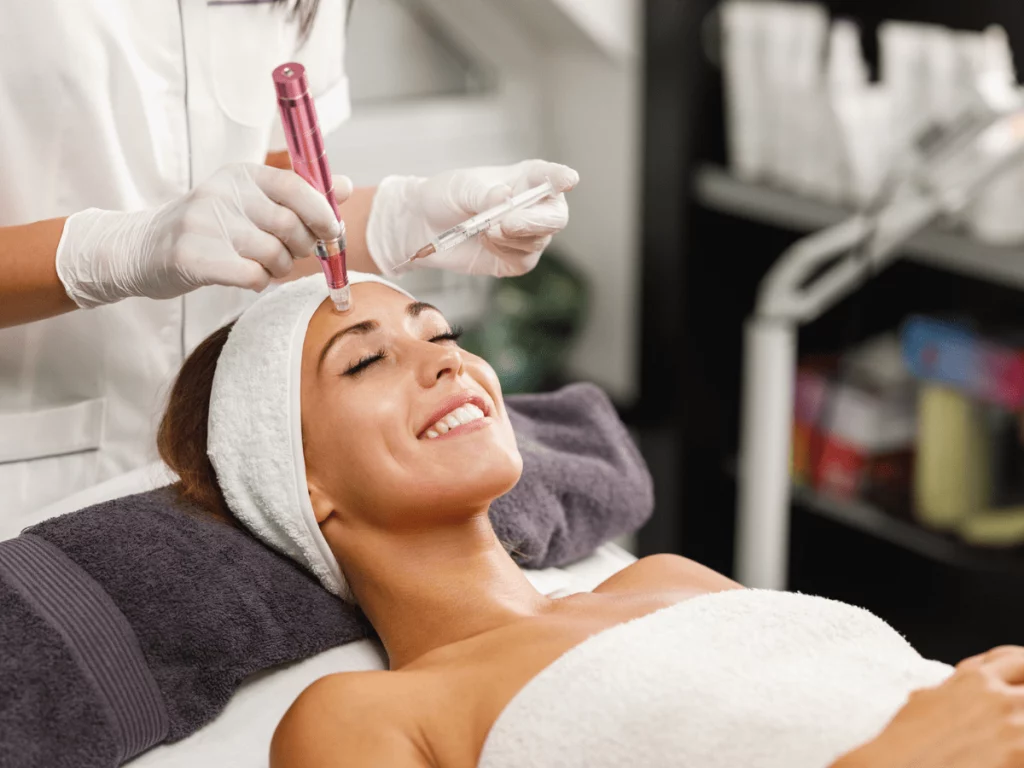
4. Potential Risks and Side Effects of Microneedling
4.1. Common Side Effects
While microneedling is generally safe when performed by a trained professional, there are some temporary side effects that you may experience immediately after the procedure:
- Redness and Swelling: These are the most common side effects and usually subside within a few hours.
- Dryness and Flaking: As the skin regenerates, you may notice some peeling or dryness in the days following the procedure.
- Sensitivity: The treated skin may feel sensitive or tight for a few days.
4.2. Rare But Serious Risks
Although rare, microneedling does carry some risks:
- Infection: There is a small risk of infection if the procedure is performed in non-sterile conditions or if post-care instructions are not followed properly.
- Hyperpigmentation or Hypopigmentation: In some cases, especially in people with darker skin tones, microneedling may lead to skin discoloration (either dark spots or light patches).
- Scarring: Though uncommon, improper needle depth or excessive pressure during treatment could result in scarring. This is more likely if the procedure is not performed by an experienced professional.
4.3. Post-Treatment Care
To minimize risks and ensure the best results, proper post-treatment care is essential:
- Avoid sun exposure for at least a week after treatment.
- Use gentle skincare products, avoiding anything harsh or exfoliating for several days.
- Avoid touching or picking at the treated skin to prevent introducing bacteria.
- Hydrate and moisturize your skin with soothing, healing products like hyaluronic acid or calming serums.
5. Microneedling Results: What to Expect
5.1. Immediate Post-Treatment Effects
Immediately after the procedure, you’ll likely experience some redness and swelling. This is normal and should subside within a few hours. You might notice a slight warmth to the skin, and the area may feel tight, similar to the feeling you get after a mild sunburn.
5.2. Results Over Time
The effects of microneedling are gradual. Collagen production increases over the following weeks, and you’ll begin to see smoother, more even skin within 3-6 weeks. Maximum results are typically visible 2-3 months after your treatment.
You may need a series of treatments (usually 3-6 sessions, spaced about 4-6 weeks apart) for optimal results, especially for concerns like acne scars or deep wrinkles.
5.3. Long-Term Benefits
The collagen stimulation caused by microneedling continues even after the treatment is complete, leading to long-lasting improvements in skin texture and firmness. However, for ongoing results, maintenance treatments may be needed every 6-12 months.
6. Conclusion: Is Microneedling Right for You?
Microneedling is a highly effective, minimally invasive treatment that can address a variety of skin concerns, from acne scars to fine lines and uneven pigmentation. With minimal downtime and significant, long-lasting results, it’s no wonder that microneedling has gained such popularity in the skincare world.
However, like any cosmetic treatment, it’s essential to weigh the potential risks and side effects, and consult with a skilled professional to determine if it’s the right treatment for you. Microneedling can offer remarkable results, but it’s crucial to approach it with realistic expectations and a commitment to following proper post-care guidelines to maximize its benefits.
If you’re looking to revitalize your skin and promote natural collagen production, microneedling could be the perfect solution for you—just make sure you’re well-informed and prepared before stepping into the treatment room.



